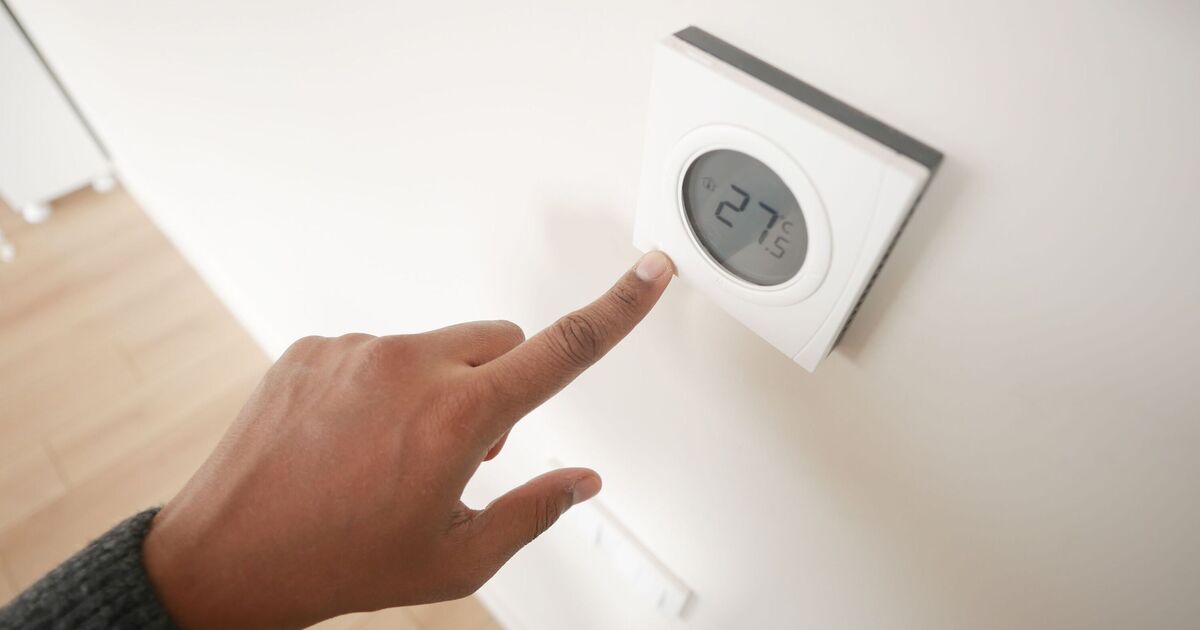As the chill of October sets in, experts are dishing out savvy tips to keep heating bills from soaring it’s all about the right thermostat placement.
With many Brits poised to fire up their boilers for the first time this season, it’s crucial to position thermostats correctly to prevent them from misreading home temperatures, which could lead to unnecessary energy use and higher costs.
Strategic thermostat placement can be a game-changer for household finances, potentially saving hundreds of pounds during the nippy months.
Even a modest adjustment of lowering the thermostat by one or two degrees can make a significant difference in your expenses.
British Gas engineer Joanna Flowers shared her wisdom with The Sun, advising homeowners on the optimal thermostat location: “When deciding where to place your thermostat, the main thing is to ensure you don’t place it somewhere colder or warmer than the centre of your home.”
She further recommended: “If you place your thermostat in the heart of your home – we often suggest internal hallways or living rooms it will make sure you get your desired temperature and save on bills by only using as much heating as you need.”
Flowers also highlighted the importance of avoiding external walls for thermostat installation, as they tend to be cooler, which could trick the boiler into working overtime.
She suggested mounting the device at medium height to account for rising heat and steering clear of radiators, cookers, direct sunlight, and draughts to ensure accurate readings, reports the Mirror.
Specialists recommend positioning thermostats in a frequently used room at the heart of the home, about five feet off the ground, while keeping them out of direct sunlight and kitchens.
Experts from BestHeating advise turning on the heating for the first time this year around October or November, or when temperatures dip below 15C.
Jess Steele, a heating technology expert, noted: “By the end of the month, even the hardiest among us will [likely] have our heating on to keep warm, as temperatures are predicted to drop further.
“Whilst there isn’t an optimum time to switch heating on, once temperatures are below 15 degrees, often around October or November, it is best to turn the heating on as we feel the chill more.”
Stephen Hankinson, managing director at Electric Radiators Direct, added: “There isn’t a one-size-fits-all answer to when you should turn on your heating, as it varies from person to person. The effectiveness of your heating system can also depend on the type of house you live in – newer homes with better insulation may retain heat more efficiently, while older houses might need more frequent heating adjustments to stay comfortable.”










